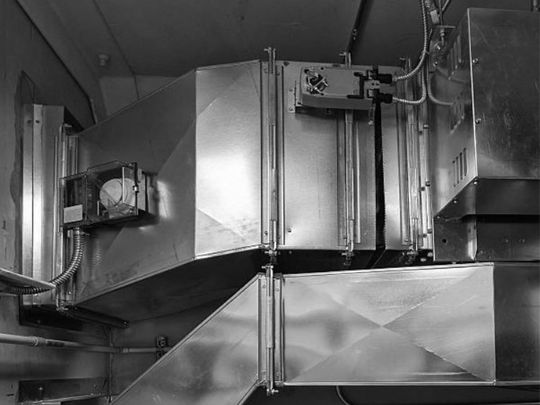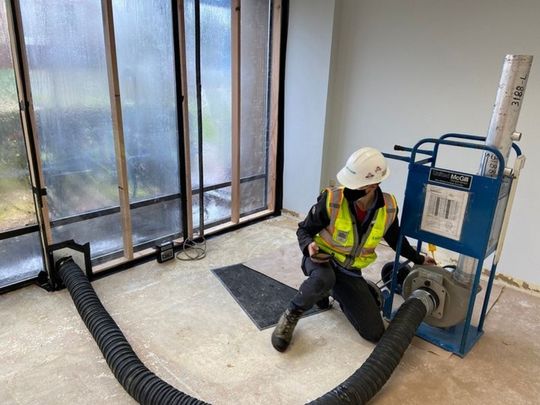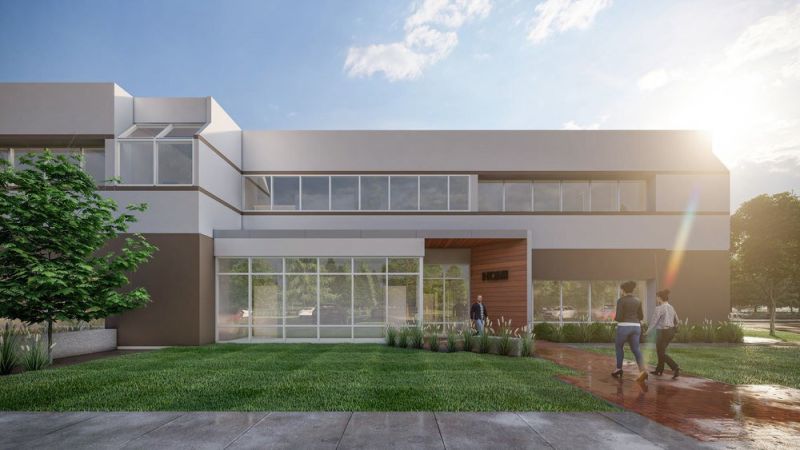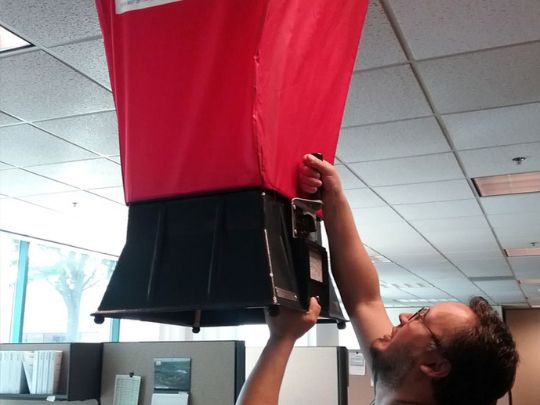testing adjusting balancing 94
In addition to enhancing environmental performance and occupant comfort, the TAB services we provide contribute to a reduction in operating expenses for your property. Our team has over six decades of expertise, which allows them to grasp even the most complicated HVAC building systems. They also use the most up-to-date techniques and technology in order to properly and efficiently balance the entire system.
a list of corrections that can be implemented in the plan
Building heating, ventilation, and air conditioning system drawings that document the positions of fire smoke dampers



